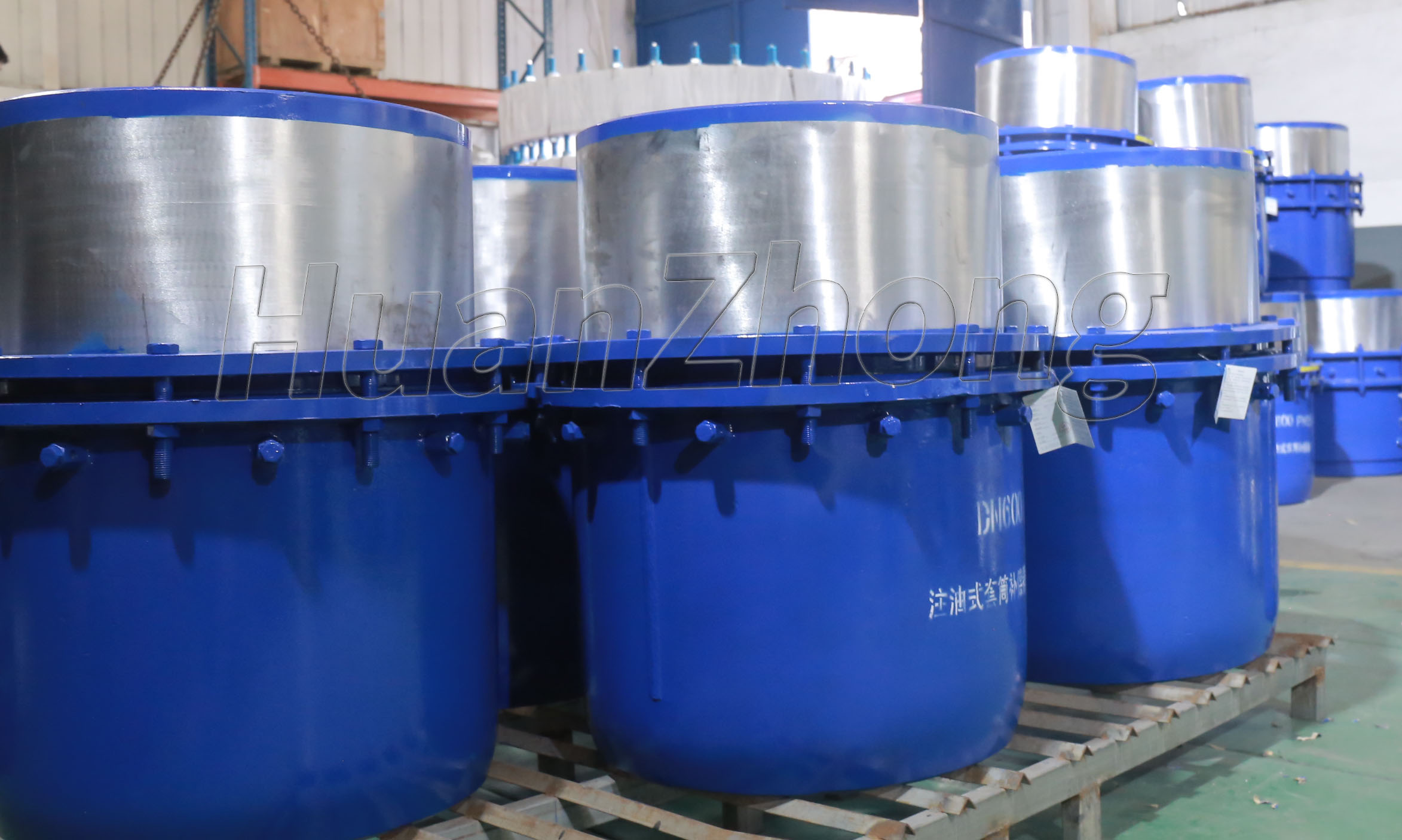What are the installation standards of metal compensator?
The role and use of metal compensator: also known as metal expansion joint. The product as a flexible pressure-resistant pipe fittings installed in the liquid conveying system, to compensate for mutual displacement of the pipeline or machine, equipment joints, absorb vibration, can play a role in vibration damping, muffling, etc., with good flexibility, light quality, corrosion resistance, high and low temperature resistance, etc.. Mainly used in the pipeline is mainly to ensure that the pipeline thermal expansion and contraction when there is an expansion, otherwise it is a hard connection will be a problem. There are other roles such as used in the valve inside, to do the effect of packing seal. Uses: 1. compensator installed in the water supply and drainage pipeline, the compensator plays a thermal expansion and contraction, to protect the role of pipeline. 2. hydraulic system pipeline installation requires the use of bellows, stainless steel compensator corrosion-resistant, and to protect the hydraulic system. 3. stainless steel compensator for urban heating pipeline, and a variety of pipeline networks for heating. The compensator can withstand the axial reciprocating motion of the pipeline. 4. Stainless steel compensator is used in chemical installation pipeline engineering, to play the role of cold and heat strain compensation, that is, the bellows compensator. 5. Stainless steel compensator is more often used in the construction of petroleum, chemical, smelting, ships, power plants, and pipeline installation.

The standard of construction and installation of metal compensator determines the normal operation of the pipeline, so what are the construction and installation standards of metal compensator? The next metal compensator manufacturers to introduce. 1, welding pipe support and bracket, can not spot welding and false welding. 2, in order to metal compensator construction and installation of coaxiality, should first lay a good section of pipe, and then cut off a section of pipe with the same length as the pre-stretched compensator in the part ready to install the pipeline compensator, and then the metal compensator installed on the welding good. 3, can not use the metal compensator deformation method to compensate for the installation deviation of the pipeline. 4, pay attention to the installation direction of the metal compensator to the same direction as the media flow. 5, after the installation of the metal compensator, before the test pressure to remove the transport tie and limit nuts, the need to check the moving parts of the metal compensator can work properly. 6, the gas pipeline pressure test to provide additional temporary bracket support to avoid metal compensator and pipeline sagging, but at the end of the test pressure to remove Temporary bracket. 7, the choice of metal compensator pipeline section test pressure, to strengthen the middle fixed bracket, in order to be able to withstand the original design load and the thrust of the internal pressure blind.
